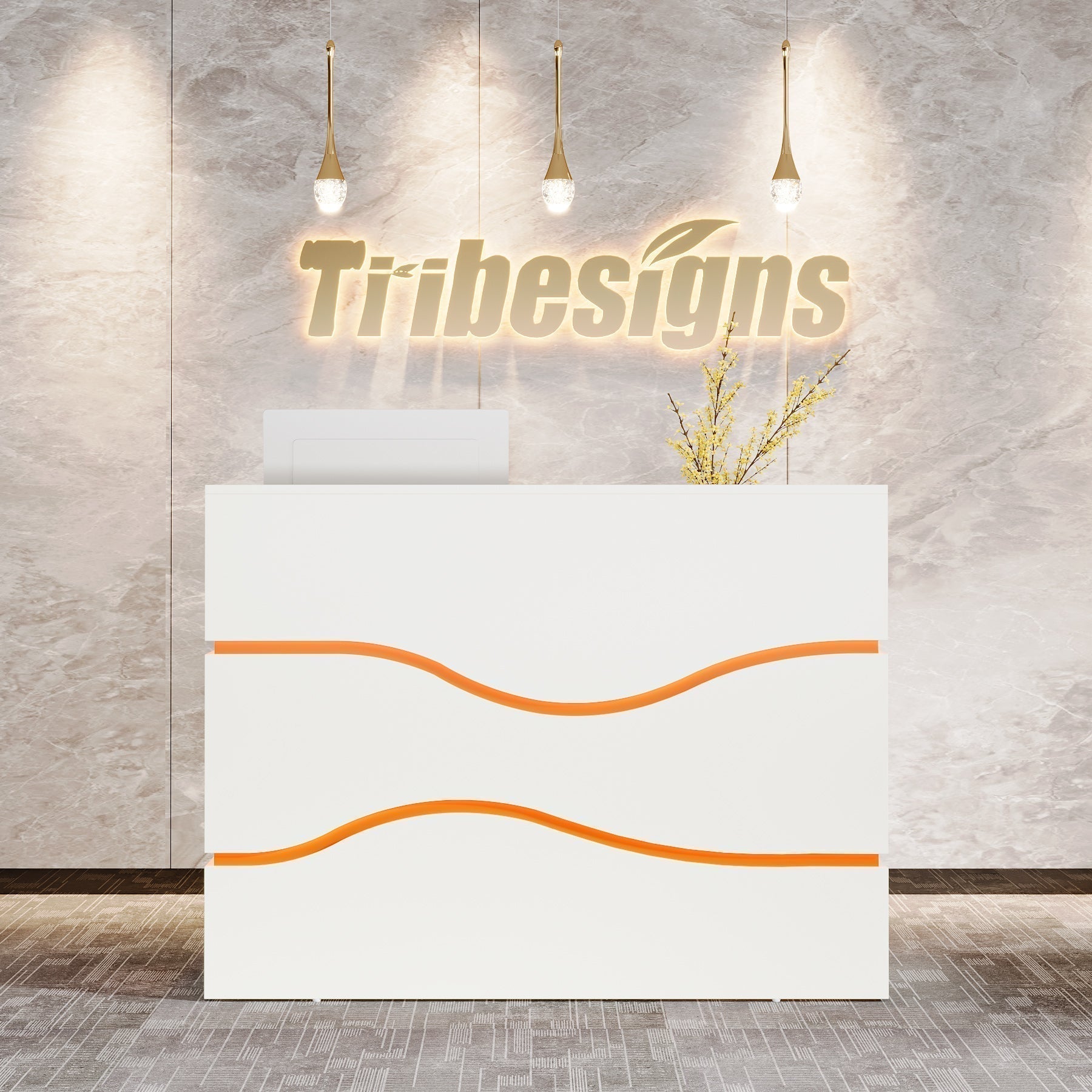Table of Contents
Introduction
If you’re thinking about getting a standing desk, you’ve probably realized that prices vary widely—from budget-friendly options under $200 to premium models that cost over $1,500. But how much should you spend on a standing desk? The answer depends on your needs, workspace, and budget. In this article, we’ll break down different price ranges, what you get for your money, and how to choose the best option for you.
Factors That Influence the Cost of a Standing Desk
1. Type of Standing Desk
Standing desks come in different types, which significantly affect their price:
-
Manual vs. Electric: Manual crank desks are cheaper ($100–$300) but require effort to adjust. Electric desks, which are more convenient, cost more ($300+).
-
Fixed vs. Adjustable: A fixed standing desk is set at one height, while an adjustable desk allows you to switch between sitting and standing, making it a more ergonomic choice.
2. Materials and Build Quality
The materials used in a standing desk influence durability and aesthetics:
-
Desktop Material: Budget desks often use MDF or particleboard, while premium ones have bamboo, solid wood, or laminate tops.
-
Frame and Mechanism: Steel frames with dual motors offer better stability and durability than single-motor or aluminum frames.
3. Size and Customization
-
Size: A standard desk (48” x 24”) costs less than larger models (60” x 30” or bigger).
-
Features: Higher-end desks come with advanced features like memory presets, anti-collision sensors, and built-in cable management.
4. Brand and Warranty
-
Well-known brands like Uplift, Fully, and VariDesk often charge more due to reputation and quality.
-
A good warranty (5+ years) ensures long-term value and peace of mind.
Budget Ranges for Standing Desks
1. Entry-Level ($100–$300)
If you’re on a tight budget, you can still find a decent standing desk, but expect some compromises.
Pros:
-
Affordable and functional for light use.
-
Good for people trying out standing desks for the first time.
Cons:
-
Less durable materials (MDF tops, weaker frames).
-
Basic up-and-down functionality without presets.
-
Potential wobbling at higher heights.
Example: A user who works from home part-time bought a $250 manual standing desk. While it works fine for occasional use, they find the crank adjustment tedious over time.
2. Mid-Range ($300–$700)
This is the sweet spot for most buyers—offering better durability, stability, and features. Pros:
-
More stable and durable, often with dual-motor systems.
-
Memory presets and anti-collision sensors.
-
Aesthetic options like bamboo tops and rounded edges.
Cons:
-
Slightly more expensive upfront.
Example: A remote worker who spends 8 hours a day at their desk opted for a $500 Uplift V2. They love the smooth adjustments and stability, making it worth the investment.
3. High-End ($700–$1,500+)
If you want the best, high-end desks offer premium materials and advanced technology.
Pros:
-
High-quality wood, seamless adjustment, and whisper-quiet motors.
-
Smart features like app control, posture reminders, and high weight capacity.
-
Best-in-class warranties and customer support.
Cons:
-
Expensive, often overkill for casual users.
Example: A tech entrepreneur invested $1,200 in a high-end standing desk with a walnut top, wireless charging, and a touch-screen controller. They appreciate the luxury and reliability but admit it's not necessary for everyone.
How to Choose the Right Standing Desk for Your Budget
-
Assess Your Needs: If you only stand occasionally, a basic desk might suffice. But if you work long hours, invest in a stable, ergonomic model.
-
Compare Reviews: Look for real user experiences on Reddit, YouTube, and Amazon.
-
Think Long-Term: A cheap desk might need replacement sooner, making a mid-range desk a better value in the long run.
Conclusion
How much should you spend on a standing desk? It depends on your budget, needs, and workspace. If you’re just starting, a $300 model might be enough. If you work full-time from home, investing $500–$700 in a high-quality desk could improve your comfort and productivity. Whatever you choose, make sure it fits your work habits and provides long-term value.
Continue reading:
The Ultimate Standing Desk Guide




